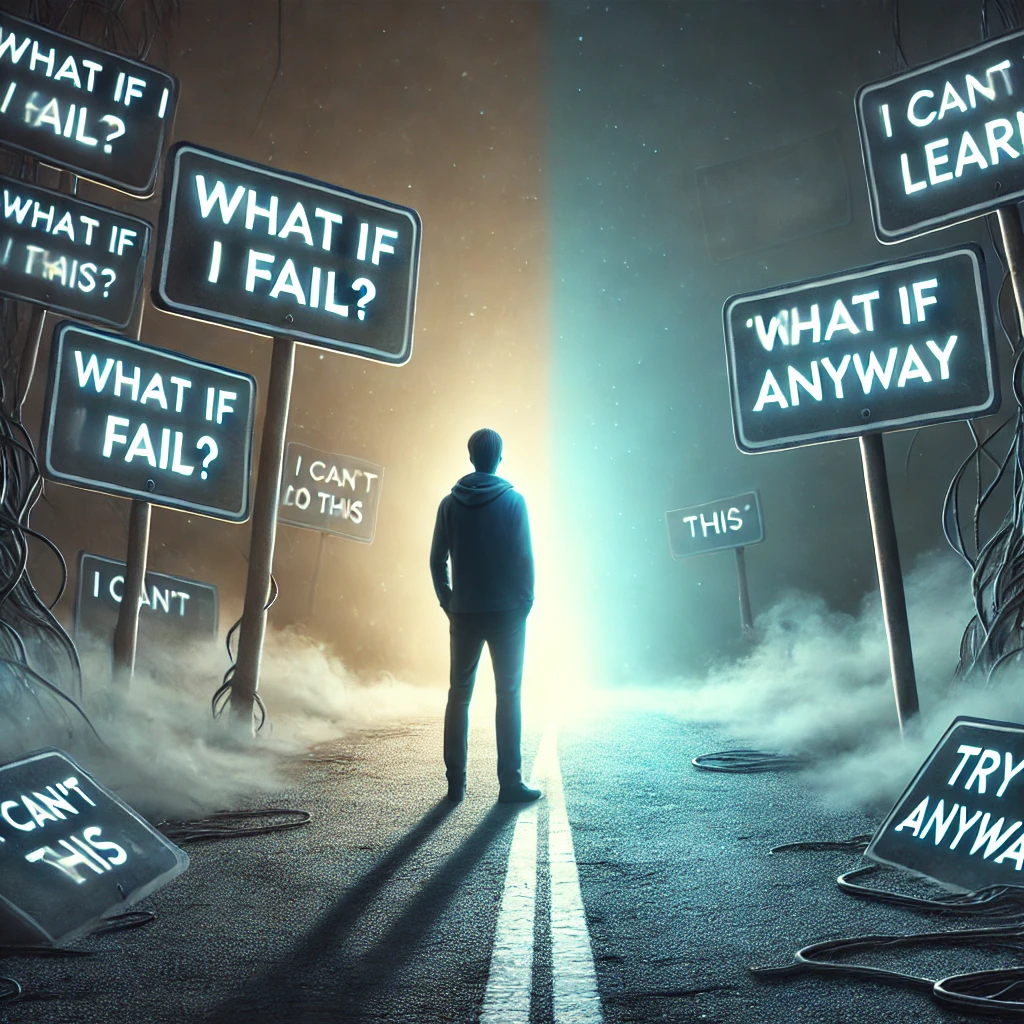5 Mindset Shifts That Will Unclog Your Life Faster Than Therapy and Green Juice
You don’t need another productivity hack—you need a perspective smack. Your mindset is the control room of your life. Upgrade the software, and suddenly reality looks less like a dumpster fire and more like a growth opportunity.
Let’s Talk About That Glitch in Your Mental Matrix
We all have those sneaky mental gremlins whispering, “You’re not enough,” or “Maybe next year.” The truth is, you don’t need to overhaul your life. You just need to tilt your brain 15 degrees in the right direction. These aren’t empty mantras—we’re talking about real, actionable mindset shifts that work in the wild (aka your messy, beautiful life).
1. From “I Have to” → “I Get to”
This shift alone can snap you out of victim mode. You don’t have to go to work. You get to earn money and maybe learn something (or at least listen to your playlist uninterrupted).
“Gratitude turns what we have into enough.” – Aesop, probably, if he had a podcast
Try this: Every time you catch yourself complaining, reframe the sentence starting with “I get to…” instead.
2. From “Why Is This Happening to Me?” → “What Is This Trying to Teach Me?”
Life’s not out to get you—it’s just giving you material for character development. You’re the main character. Own it. That breakup, job loss, or ghosted text? Not sabotage. Curriculum.
Try this: Journal one line a day asking, “What lesson am I learning right now?” Even if it’s just “Don’t mix tequila with deep texting.”
3. From “I’ll Start When I’m Ready” → “I’ll Start Ugly, but I’ll Start”
Perfection is a polite form of fear. Nobody was “ready” when they did the thing—they just did it while sweating and Googling in real time. Start messy. Stay messy. Learn on the job.
Try this: Set a 15-minute timer. No prep. No overthinking. Just begin. Clarity shows up for the brave, not the perfect.
4. From “I’m Too Busy” → “It’s Not a Priority”
This one stings, but it’s the reality check you didn’t ask for. “Too busy” is often code for “not important enough.” And that’s okay—just be honest about it. Radical honesty = radical clarity.
Try this: Replace “I’m too busy” with “It’s not a priority” and see how it lands. If it makes you squirm, good. That’s your realignment alarm.
5. From “What If I Fail?” → “What If I Learn Something Wildly Useful?”
Failure is just feedback wearing dramatic makeup. Every “oops” is a meeting with your future self. It’s not about winning—it’s about evolving.
“The impediment to action advances action. What stands in the way becomes the way.” – Marcus Aurelius
Try this: Next time you hesitate, ask: “If this goes wrong, what will I know that I didn’t know before?” That question alone rewires your fear response.
The TL;DR – Quick Recap
- “I have to” → “I get to” (Gratitude is rocket fuel)
- “Why me?” → “What’s the lesson?” (Victim to student)
- “I’ll wait” → “I’ll start ugly” (Just. Start.)
- “I’m too busy” → “It’s not a priority” (Radical honesty)
- “What if I fail?” → “What if I learn?” (Growth, baby)
Your mindset isn’t wallpaper—it’s your operating system. These shifts aren’t motivational fluff—they’re mental tools. Use them daily and your life will quietly (or dramatically) evolve. No sage-burning required.




